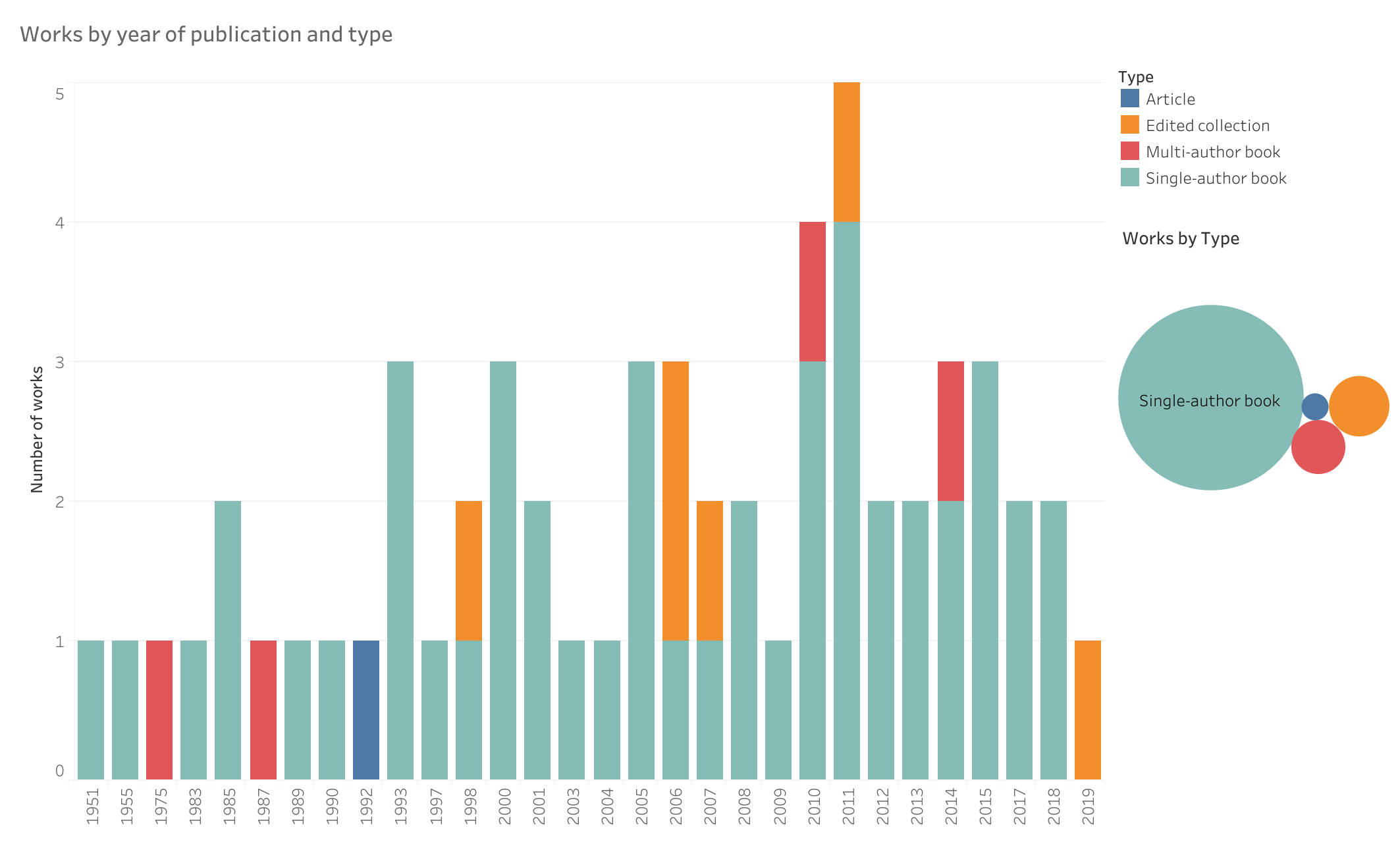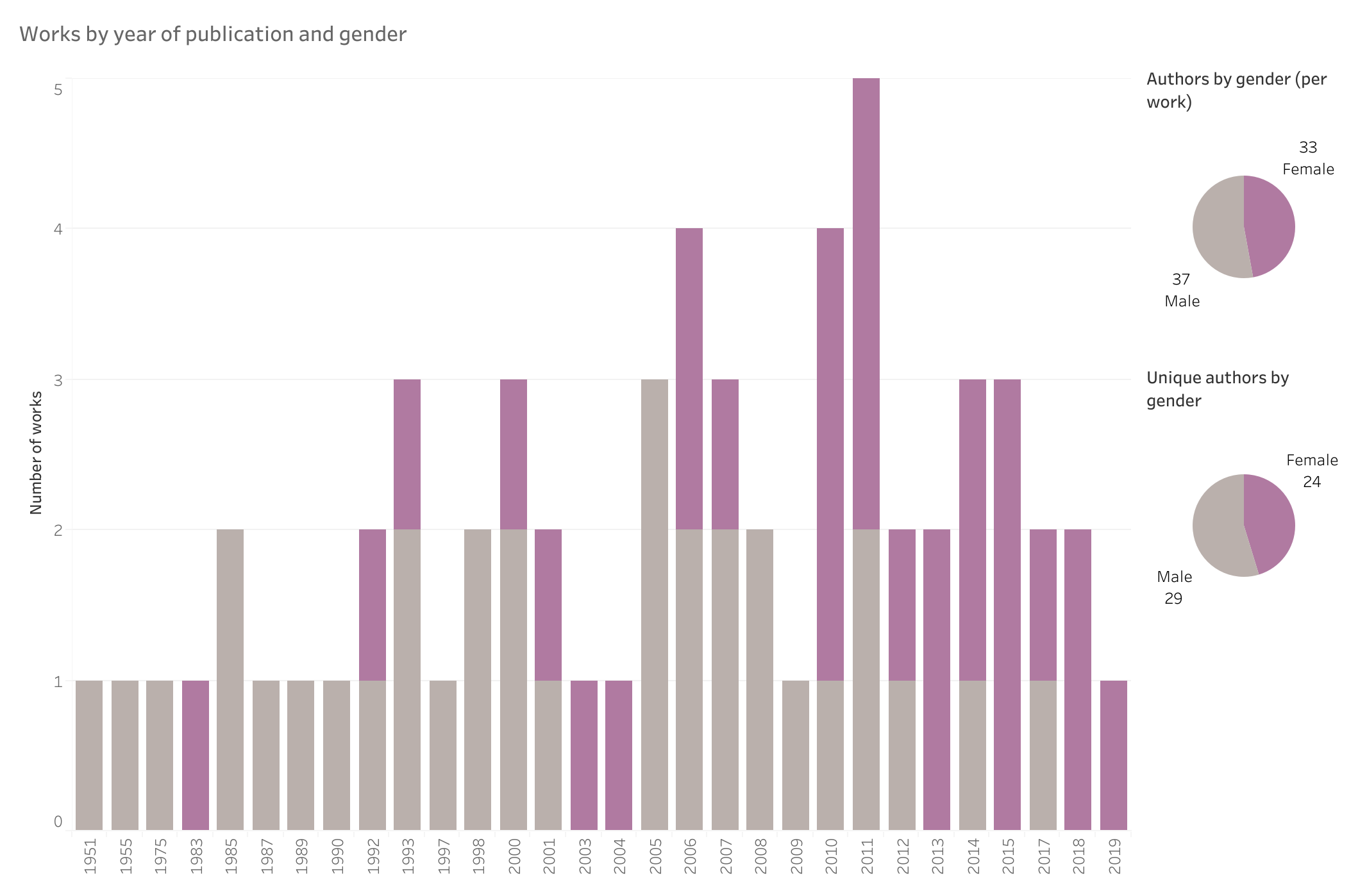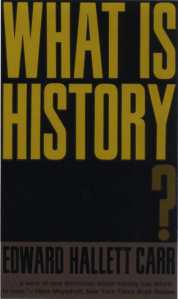Writing American Immigration History: Notes on an Essay

I recently wrote a bibliographic essay titled “Writing American Immigration History” for Choice, a book review publication for academic libraries (read it here for free). I started it while Trump shut down the federal government over funding his border wall and finished when he declared a national emergency to try to get that funding. It’s an interesting time to be an immigration historian.
The task: select about 50 books in the field and write a 5,000-word narrative that cites and connects them all. As many writing or teaching projects do, this prompted me to catch up on the new literature in the field and to extend my familiarity beyond my primary research areas. It proved especially challenging at a time of burgeoning scholarship in the field, with many new academic books as well as articles and op-eds providing historical context for current events.
I knew from the start that I wanted, and needed, to do something different than the excellent #ImmigrationSyllabus. I had to not only select good sources, but to explain why and organize them into a coherent narrative. The Immigration Syllabus is organized chronologically into topical “weeks.” I decided that my primary narrative would be not the history of immigration, but the historiography – in other words, the history of immigration history. The way in which the writing of that history has evolved over time itself constitutes a historical phenomenon.
As I selected texts to include, I sought input from other historians in an open call here and on social media. Most responses came from people I know, but I did get a couple suggestions from others whom I’ve never met. I realized after the fact that my work with academic librarians in a membership association had influenced that decision. In that setting sharing work for feedback is something I do all the time, but I’m not sure it’s something I would’ve done in such a public forum previously. Librarians have many quirks (one of which is a dislike of non-librarians commenting on their quirks, so I won’t specify further!) and among them is a genuine tendency towards collaboration and openness. Coming from a field where work tends more towards the individual and competitive, that attitude has been a welcome revelation.
No doubt there will be historians who criticize this essay for not including the book they think is more important. I can’t please everyone, nor could I include every text in an essay with established parameters. Since completing the essay, I have heard of three more new books that I would have liked to include. As with all the scholarship referenced in the essay, the end result represents my particular perspective and my own time.
I decided after the fact that it would be interesting to analyze the composition of the bibliography. It includes 60 items, 58 of which are discrete publications. Monographs dominate – unsurprisingly – with a few multi-author and multi-editor works. Articles are beyond the scope of this assignment, though I did squeeze one in. The works were published between 1951 and 2019, skewing towards the more recent end of the timeline. (Click on the chart for an interactive version.)
While recognizing that gender binaries are problematic, nonetheless examining the gender breakdown is interesting. History remains a male-dominated field. Approximately 45% of new Ph.D. graduates are women, but that percentage used to be much lower. I don’t know if a standard methodology for analyzing bibliographies by gender exists. For example, if an author appears twice, are they counted twice? How do you count multi-author works? I tried both methods. Counting each author each time they appear in the bibliography led to a breakdown of 53% male to 47% female among these works, while counting each unique author only once means a 55% male / 45% female breakdown.
The gender balance has shifted over the last couple decades. Out of the 58 works here, half fall on either side of 2006. Those in the pre-2006 group have approximately a 2:1 male to female authorship ratio while post-2006 the ratio flips. Not only do women know history, but at least from where I sit, they’re engaged in some of the most exciting new work in the field.
Acknowledgments: I would like to thank the friends and colleagues who gave me suggestions based on a draft list of sources (particularly Sophie Cooper, Gráinne McEvoy, Christian Nøkkentved, and Eric Smith). Special thanks to Luke Kirwan for being my go-to editor and proofreader since the good old days in Sheraton Court. And thanks to Bill Mickey and the staff at ACRL and Choice for the opportunity to write this piece.


